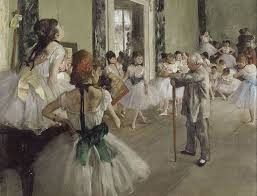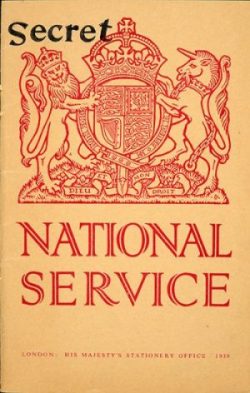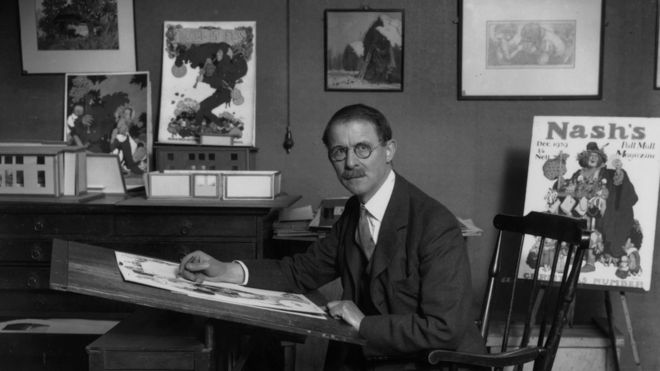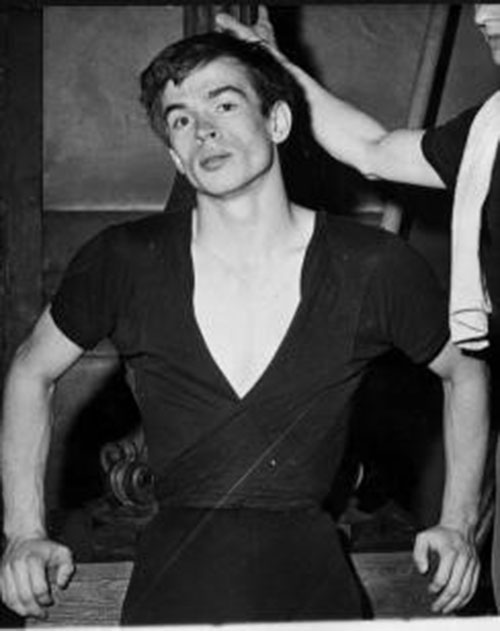posted by Morgan Meis in 3 Quarks Daily: James Lord at The New Criterion:

What a surprise to discover that modernism starts with Degas! And all the while we’d thought that Cézanne, van Gogh, Monet, Seurat, even Gauguin were the ones who readied the diving board for the great plunge. They had the obvious influences, of course, but a radically original, authentically modern means of making images into works of art was already fully formed in the creations of Degas while all the others were still testing their talents. To be sure, he was older, far more precocious. He also had a gift for modesty and the wit to know that artistic consummation is not to be had through technical virtuosity. Above all, he had the strength of character to measure his progress according to the pitiless standard of tradition. No innovator of the modern era has known better than Degas what full resources for future originality could be gleaned from self-effacing concentration upon great attainments of the past. It was his luck, perhaps, to come along at just the right time; it was his genius to make the rightness of the time hinge upon his own imperious and fleeting vision of a world real to him only because his pictures looked like it.
Continue reading
==============================
via Arts and Letters Daily: Hua Hsu in The New Yorker

Alphonse Mucha’s “Sarah Bernhardt / La Plume” (1896).
On loan from the Richard Fuxa Foundation. Image courtesy Poster House
It’s a story of the collective dreams that circulate in society, connecting the Lamborghini Countach to Paris in 1968.
Around Christmas in 1894, the actress Sarah Bernhardt called Maurice de Brunhoff, the manager of Lemercier, a publishing company in Paris that produced her promotional posters. Bernhardt was one of the most famous entertainers in Europe, in part because of her talent for self-promotion. She needed a poster for her play “Gismonda,” which was reopening in a few days. Most of the Lemercier illustrators were on vacation, so the task fell to Alphonse Mucha, a Czech émigré. Mucha designed a long and narrow poster, filled with soft pastels and gold accents, avoiding the bold colours that were typical of the era. Bernhardt, dressed in the style of Byzantine nobility, was flanked by white spaces, as though she had stepped out of the ether. Her surname arced above her head, like a halo.
Continue reading
NOTE 1: The New Yorker limits the number of articles an individual can view in a month.
NOTE 1: The article provides information about an exhibition at the Poster House in New York which took place from June-October 2019. Wikipedia has some information here.
==============================
via The National Archives Blog by Jane Flood

WAR: National Registration Act, 1939: manpower organisation and national registration
After the Second World War in 1945, the young men of Britain were called upon to meet new challenges. In a rapidly changing world, the armed forces still needed the manpower to manage the considerable obligations of its Empire and to deal with new threats posed by old allies. And so, in 1947, National Service was introduced as a standardised form of peacetime conscription for all able-bodied men between the ages of 18 and 30.
More than 1.1 million were conscripted for a one- or two-year stint as national servicemen to help the Army, RAF and to a lesser extent, the Navy. For many young men it was a revolutionary time, giving them experiences, sights and emotions that they would otherwise never have seen or felt. And with the motto being ‘discipline is the end – drill is the means’, all new recruits were in for a shock.
Continue reading
==============================
via Interesting Literature
Previously we’ve offered ten of the best poems for husbands, so now it’s the other spouse’s turn. Here are ten of the greatest poems about wives, poems for wives, or poems which otherwise concern uxoriousness (love of one’s wife).
Continue reading
==============================
via Boing Boing by Cory Doctorow
When Radio Shack released the Model 100 in 1983, it was a breakthrough for portable computing: an AA-battery-powered laptop that you could fit in a briefcase, with a built-in modem and an instant-on Microsoft OS that contained the last production code Bill Gates ever wrote himself.
Continue reading
Memories of an easier time. I loved my TRS80 – never upgraded to the Model 100 a) cost and b) by the time I might have afforded it I was working with computers all the time.
==============================
via Anceint Origins by Ashley Cowie

Scottish mythology and folklore make a finely woven tartan (travel) rug threaded with a collection of colorful and sometimes dark tales that have emerged from the long history of Scotland; each one elaborated and bettered by successive generations of storytellers. But what if some characters among the pantheon of fairies , helpful and troublesome spirits, demons, angels, mermaids or the malevolent entity of an ancient mountain giant reported as haunting the Cairngorms mountain range, are real?
Continue reading
==============================
via BBC News

Due to secrecy surrounding the work of codebreaking at Bletchley Park
illustrator W Heath Robinson never knew the machine was named after him
A World War Two codebreaking machine has been reconstructed after a seven-year project so it can run in public for the first time.
The Heath Robinson has been restored at The National Museum of Computing in Milton Keynes by a team of six.
The machine was an early attempt to automate code-cracking and, due to its complexity, was named after the illustrator W Heath Robinson.
Phil Hayes, of the museum, said the work was "quite an achievement".
He said it was completed using a hand-drawn circuit diagram along with replica circuits based on 1940s technology.
Continue reading
==============================
via Interesting Literature
The best boat poems, selected by Dr Oliver Tearle
‘There is no Frigate like a Book’, as Emily Dickinson once said, ‘To take us Lands away / Nor any Coursers like a Page / Of prancing Poetry’. And the link between poems and boats or ships is further strengthened by the wealth of great poems about voyaging on a ship, from the Anglo-Saxon poem ‘The Seafarer’ through to the twentieth-century modernist poet Ezra Pound’s rewriting of that poem – and beyond. Here are five of the very best poems about ships, boats, and other ocean-going vessels…
Continue reading
The selection includes 'The Owl and the Pussycat' but does not include one of my personal favourites (it is obviously not a "best")

==============================
via The National Archives Blog by Liz Bryant
This month [March 2019] sees the release of Ralph Fiennes’ film ‘The White Crow’, written by BAFTA-winning screenwriter David Hare. The movie tells the story of legendary dancer Rudolf Nureyev, focusing on his upbringing and his love affair with dance, building up to the extraordinary moment of his defection at the height of the Cold War.

Press photo of Rudolf Nureyev at his defection from the Soviet Union in 1961.
Source: Wikimedia Commons
16 June, 1961: members of the Kirov Ballet company were gathered at Le Bourget Airport in Paris, ready to fly to London, the next stop on their cultural tour representing the Soviet Union. Among them was Rudolf Nureyev, a 23-year-old dancer who had been astonishing Western audiences and delighting critics with his athleticism, technique and extraordinary dedication to the art form.
Continue reading
==============================
via Ancient Origins by Cat Bolton, The Epoch Times

Source: chagpg /Adobe
When an anonymous farmer in Michigan purchased his property roughly 30 years ago, the previous owner claimed that a massive rock on the property – being used as a doorstop at the time of the property transfer – was actually a meteorite. Now, he’s found out the space rock could make him rich!
The meteorite had fallen in the 1930s, claimed the original farmer, with a “heck of a noise”. Instead of selling it, though, he had passed it on to the new owner when he sold the farm, claiming it was a part of the property.
Continue reading
As is frequently the case there are some stunning images and also a video of meteorites.
No comments:
Post a Comment